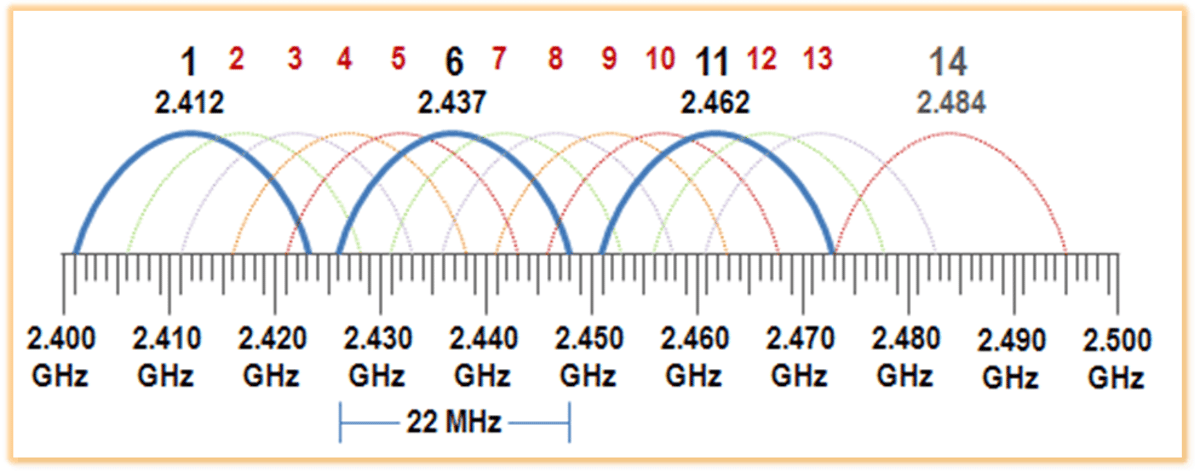Home Wi-Fi Explained
What’s the difference between Home & Business Wi-Fi?
Often not much.
Businesses typically cater to more people, and more connections at once; so the systems are scaled suitably. There are outlying circumstances of course, like an airport with extreme connectivity and security requirements. But for the most part the Wi-Fi you connect to at home will be using similar equipment to what is used in a typical business environment.
How do I make sure I have ‘good’ Wi-Fi?
The only way to make absolutely sure you Wi-Fi will be ‘good’ is to do a survey of the area, which will check for interference across the Wi-Fi spectrum, and also to do a predictive coverage map that factors in construction materials. Different materials both absorb and reflect differently, affecting Wi-Fi signal strength.
Sadly I’ve only seen this done twice by other ‘professionals’ over the last decade and a half. Most Wi-Fi layouts seem to be planned based on experience and gut instinct. It works most of the time… except when it doesn’t.
Some will say “We’ll just throw in a few extra points to cover us in case it doesn’t work”. But additional cabling and equipment are far more expensive (and wasteful) than just taking the time to do a proper plan.
More Wi-Fi access points can also cause more interference. There are limited lanes available within the Wi-Fi spectrum, like on a highway. If you’ve already taken up the available lanes, more Wi-Fi access points will be in competition with each other.
Wi-Fi highways
You may have heard of 2.4GHz and 5.8GHz Wi-Fi; these are the two common Wi-Fi connection ‘highways’. There is now a 6.0GHz highway too.
The 2.4GHz highway has 13 lanes. Without going too far into the technical, 3 of these (lanes 1, 6, and 11) are effectively usable without causing interference with each other. The 2.4GHz highway is the most commonly used by ‘smart’ devices as it has the longest range, and permeates through construction materials best. It is the least capable regarding bandwidth though, which can cause issues with certain activities such as streaming modern high resolution tv shows or movies.
The 5.8GHz highway has 23 lanes. In a typical home environment, even a large one, there aren’t any problems finding a lane on this highway with little to no interference. Unfortunately, far fewer devices utilise this highway due to its lower range and difficulty permeating through construction materials. It’s not uncommon for the only devices sitting on this network to be mobile phones and similar tablets, or modern laptops.
The new 6.0GHz (labelled Wi-Fi 6E and Wi-Fi 7) has 59 lanes. Other than brand new devices, this highway isn’t very well supported yet. Similarly it also has limited range and doesn’t interact well with construction materials. On this highway you can transfer very large files very quickly, wirelessly. This is most applicable to certain business applications, or if you’re a hobbyist animator, video editor, or something similar.
How do I use this information?
For a new home, get a professional to plan your Wi-Fi layout. Don’t leave your Wi-Fi performance up to chance. It will be far more expensive to fix than getting it right when your home is being built.
If you’re in an existing home with Wi-Fi issues, or simply looking to improve performance, the first step is to do a survey of the surrounding area and find out which lanes of the proverbial highways are being used. It may be as simple as changing the lane your own Wi-Fi access point(s) are running on to improve performance significantly.
Alternately, if you need help with your Wi-Fi or other network infrastructure, please feel free to reach out at contact@intuitiveliving.au. We perform Wi-Fi surveys and predictive coverage maps on all of our projects as a standard.



